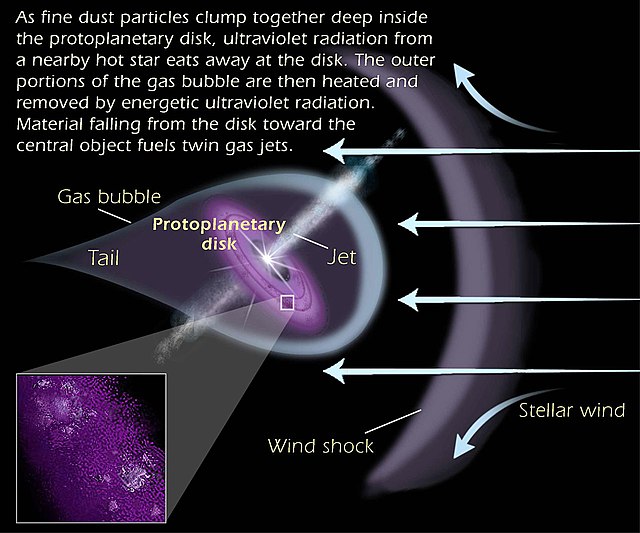The horizontal branch (HB) is a stage of stellar evolution that immediately follows the red-giant branch in stars whose masses are similar to the Sun's. Horizontal-branch stars are powered by helium fusion in the core and by hydrogen fusion in a shell surrounding the core. The onset of core helium fusion at the tip of the red-giant branch causes substantial changes in stellar structure, resulting in an overall reduction in luminosity, some contraction of the stellar envelope, and the surface reaching higher temperatures.
Hertzsprung–Russell diagram for the globular cluster M3
Stellar evolution is the process by which a star changes over the course of time. Depending on the mass of the star, its lifetime can range from a few million years for the most massive to trillions of years for the least massive, which is considerably longer than the current age of the universe. The table shows the lifetimes of stars as a function of their masses. All stars are formed from collapsing clouds of gas and dust, often called nebulae or molecular clouds. Over the course of millions of years, these protostars settle down into a state of equilibrium, becoming what is known as a main-sequence star.
The change in size with time of a Sun-like star
Artist's depiction of the life cycle of a Sun-like star, starting as a main-sequence star at lower left then expanding through the subgiant and giant phases, until its outer envelope is expelled to form a planetary nebula at upper right
Chart of stellar evolution
Illustration of the dynamics of a proplyd





